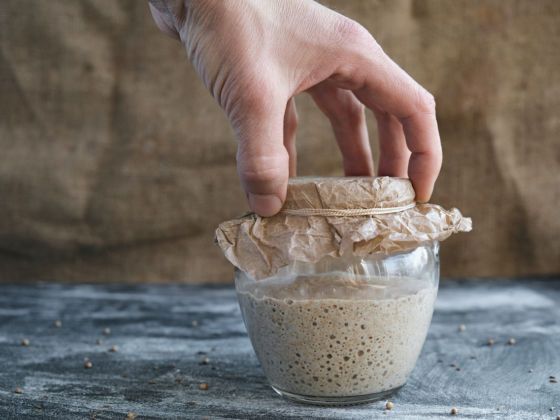Many of us who’ve been sheltering at home have all picked up the same hobby: a newfound passion for different ways to get that bread. For the most adventurous, that means creating your own sourdough starter from the native yeasts floating around your place of residence. Now, researchers at North Carolina State University are asking for pieces of starter to help them understand how flour and geography impact wild sourdough.

What Is American Bread? Your Sourdough Starter Could Help Scientists Decide.
The goal of the Wild Sourdough Project is to understand the bacteria and fungi that make sourdough taste different in each location. It’s based around a simple question: “How does the type of flour you use and where you live affect the success or failure of a wild sourdough starter?” Like with naturally fermented wine, how a wild sourdough bread tastes is shaped in a large part by the natural yeasts in the environment. With enough data points from people around the United States, the researchers could map the microbes that define the various bread terroirs around the country.
Every wild sourdough is different. There are more than 1,000 types of yeast, and only three strains (which all come from the same species, Saccharomyces cerevisiae) are used in commercial yeast. The microbes that kickstart a sourdough come from flour, water, the surrounding environment, and the person stirring the pot. Each place has a different colony of microbes that can populate the dough, meaning your kitchen has a different sourdough terroir than someone’s kitchen across the country. Hell, your kitchen has a different sourdough terroir than your window sill even. Yet, despite humans making sourdough for some 6,000 years, we know relatively little about the yeasts that make it possible.
The NCSU study will help researchers understand if the cliche “location, location, location” mantra matters as much to bread as it does to real estate.
Getting involved is simple: Create a wild sourdough starter with water and flour (the researchers list specific instructions for first-timers), observe and record its aroma and appearance over a couple of weeks, and then submit your data and send a sample to the Rob Dunn Lab at NCSU.
Even if aiding in the discovery of America’s bread terroir doesn’t excite you, it may still be worth participating. These researchers are among the few people left who actually care that you’re baking your own sourdough.